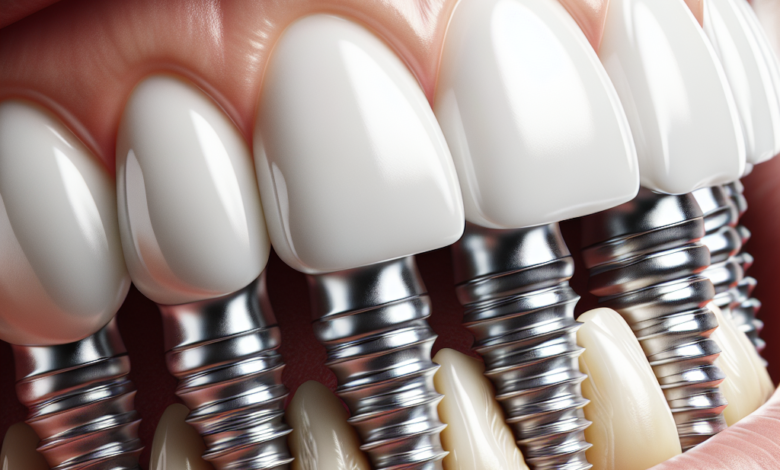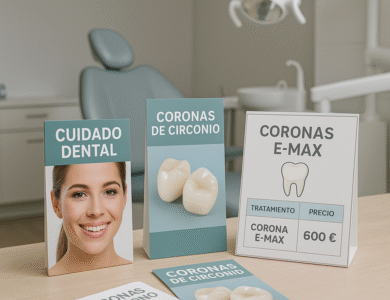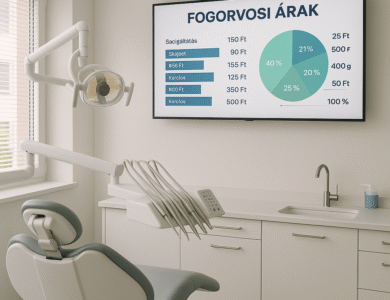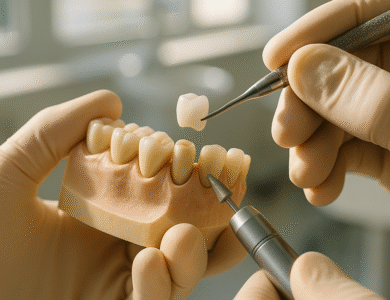
What Do Dental Implants Look Like?
What Do Dental Implants Look Like?
Dental implants have become a popular solution for those seeking to replace missing teeth. Understanding the dental implant appearance not only helps in setting realistic expectations but also plays a crucial role in the overall dental restoration process. In this article, we will discuss the different components of dental implants, their aesthetic appeal, and what patients can expect during and after the implantation process.
Understanding Dental Implants
A dental implant primarily consists of three components: the implant post, the abutment, and the crown. Each part contributes to the overall appearance and functionality of the dental implant.
The Implant Post
The implant post is the part that is surgically placed into the jawbone. Made of titanium, it is designed to fuse with the bone through a process called osseointegration. Although the post itself is not visible once the restoration is complete, its presence forms the foundation for the entire prosthetic tooth.
The Abutment
Connecting the implant post to the crown, the abutment is a small connector positioned on top of the implant post. It can be made from various materials, including titanium or porcelain, and its appearance can vary depending on the type of restoration used. In some cases, the abutment may be visible in certain profiles, but it is typically designed to blend seamlessly with the surrounding gum tissue.
The Crown
The crown is the visible part of the dental implant, typically made from porcelain or ceramic. Crowns can be customized to match the color, shape, and size of the surrounding natural teeth. This customization ensures that the final result is aesthetically pleasing and natural-looking, allowing for a perfect blend with existing teeth.
Factors Influencing Dental Implant Appearance
The appearance of dental implants can be influenced by several factors, including:
- Material Choice: The materials used for the crown and abutment can affect the durability and aesthetics of the dental implant.
- Custom Design: A well-designed crown can mimic the natural contours and coloration of real teeth, enhancing overall aesthetics.
- Positioning: Proper placement of the dental implant is crucial for achieving a natural look, as it needs to align with the adjacent teeth.
- Gum Health: Healthy gums play a vital role in the appearance of dental implants. Gums that are swollen or receding can affect how the implant looks.
Post-Implant Care and Maintenance
After receiving a dental implant, it is essential to maintain proper oral hygiene to ensure the longevity and aesthetic appeal of the restoration. Regular dental check-ups, brushing, and flossing will contribute to the health of both the implant and the surrounding gum tissue.
Frequently Asked Questions (FAQs)
What do dental implants look like after installation?
Immediately after installation, the visible portion (the crown) resembles a natural tooth. Over time, with proper care, the implant can look even more integrated into your smile.
Can dental implants match the appearance of my natural teeth?
Yes, dental crowns can be custom-made to match your natural teeth in color and shape, ensuring a seamless fit into your smile.
How long do dental implants last?
With proper care, dental implants can last a lifetime. Regular visits to your dentist and good oral hygiene practices are essential for maintaining their appearance and functionality.
Conclusion
The dental implant appearance is one of the key factors that contribute to the satisfaction of patients who choose this option for tooth replacement. With advancements in dental technology, dental implants can closely mimic the look and feel of natural teeth. If you are considering dental implants, consult with your dentist about the best options available to achieve the look you desire.
For personalized help in finding dentists and clinics near you, download Docintur to connect with physicians, hospitals, and clinics. Download Docintur on the App Store for iOS devices and on Play Store for Android devices.





